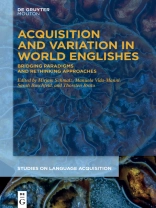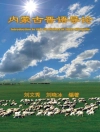This book is the first of its kind to provide an integrative look at World Englishes, (second) language acquisition, and sociolinguistics in a variety of contexts of English around the globe with a focus on the language of children and adolescents. It thus aims to bridge the paradigm gaps that have been identified between these approaches but have rarely been explored in greater detail.
The range of topics includes the areas of first and second language acquisition; sociolinguistic variation and awareness; language use and choice; family language policies; language attitudes and perception; modelling children’s and adolescents’ language in World Englishes; the role of child language acquisition in processes of language change; as well as methodologies of eliciting speech and writing from children and adolescents. The book combines qualitative and quantitative approaches and draws on psycholinguistic, corpus-linguistic, and ethnographic methodologies. What unites the contributions to the volume is that they all address the theoretical implications that a joint approach between World Englishes, sociolinguistics, and language acquisition has, i.e. why it is fruitful and how it can contribute to a deeper understanding of the different research paradigms.
O autorze
Mirjam Schmalz, Univ. of Zurich;
Manuela Vida-Mannl and
Sarah Buschfeld, TU Dortmund Univ.;
Thorsten Brato, Univ. of Regensburg.












